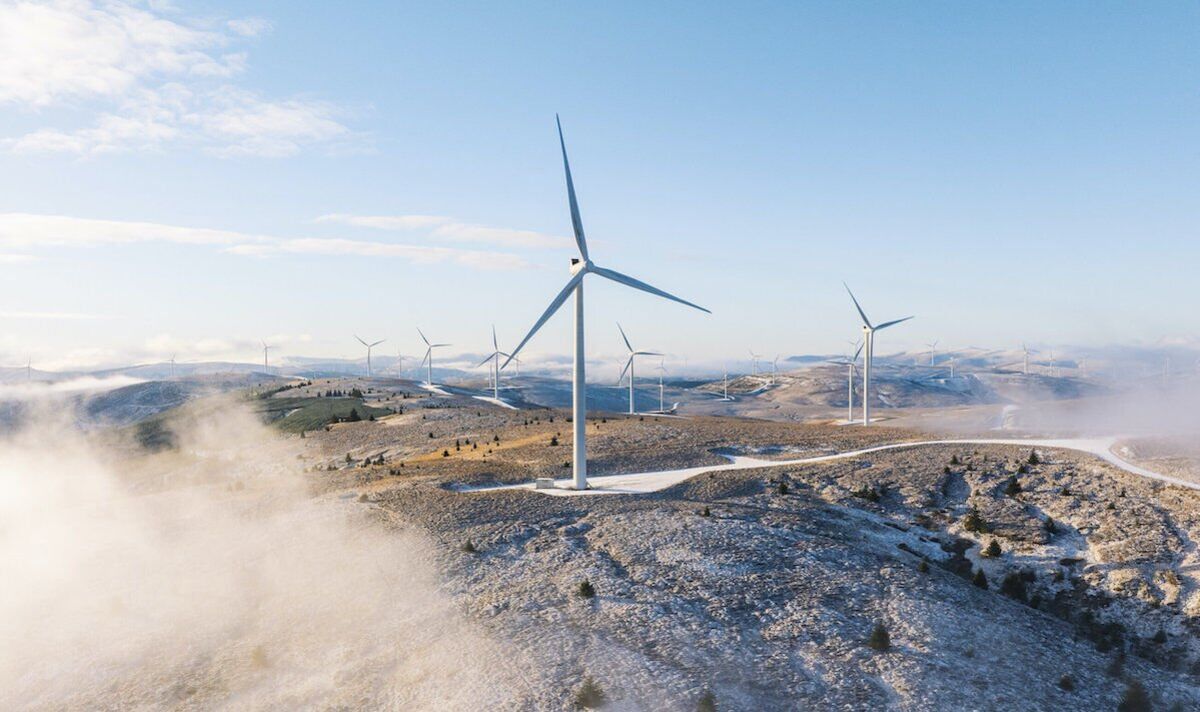
Brits could be left shouldering an extra £150 energy bill thanks to “transmission bottlenecks” connecting England and Scotland, a think tank has predicted.
Carbon Tracker, a London-based not-for-profit think tank that researches the impact of climate change on financial markets, has predicted wind power bottlenecks will cause bills to slowly creep upwards between 2023 and 2030. Turbines installed in England and Scotland are well-placed to generate power, but sometimes especially windy weather will mean the grid struggles to cope with the extra energy.
In this case, wind farms are paid to switch off, and gas power stations turn on in a practice known as “wind curtailment” that passes costs on to consumers. In 2023 alone, the think tank estimates UK household electricity bills will rise by £40, and they could nearly quadruple in the next few years.
In a report released this morning, Carbon Tracker revealed that wind curtailment payments cost £590 million, adding £40 to the average consumer bill. The bottleneck between England – where the bulk of the UK’s offshore wind farms are located – and Scotland – where officials have built most of the country’s onshore farms – could cost Britons £150 by 2026, and up to £180 by 2030.
Part of the issue, the experts said, is that turbines are being built faster than the cabling needed to pass electricity around the country. Shifting the focus away from wind curtailment to cable installation could prove cheaper and ensure electricity is properly distributed across the network.
Lorenzo Sani, an analyst at Carbon Tracker, said doing so would be the Government’s “logical solution”.
He said: “The problem is, there are not enough cables. The logical solution would be to build more grid infrastructure. It’s not even that expensive.”
Government agencies have already outlined plans to help ease the transmission burden on wind farms, but not to the extent that Carbon Tracker has recommended.
Ofgem approved four new projects that could reduce transmission issues in 2022, among them an undersea cable that would connect English and Scottish generators.
The cable will connect Peterhead in Aberdeenshire and Drax in Yorkshire, with Scotland seeing additional wind power capacity by 2030. Carbon Tracker said Scotland’s capacity would quadruple, but that cabling would only double during this time.






